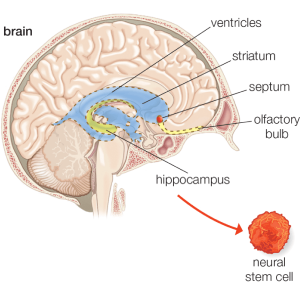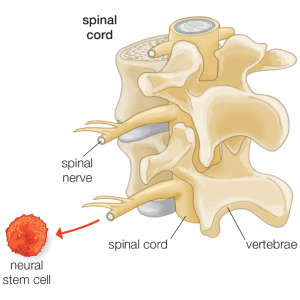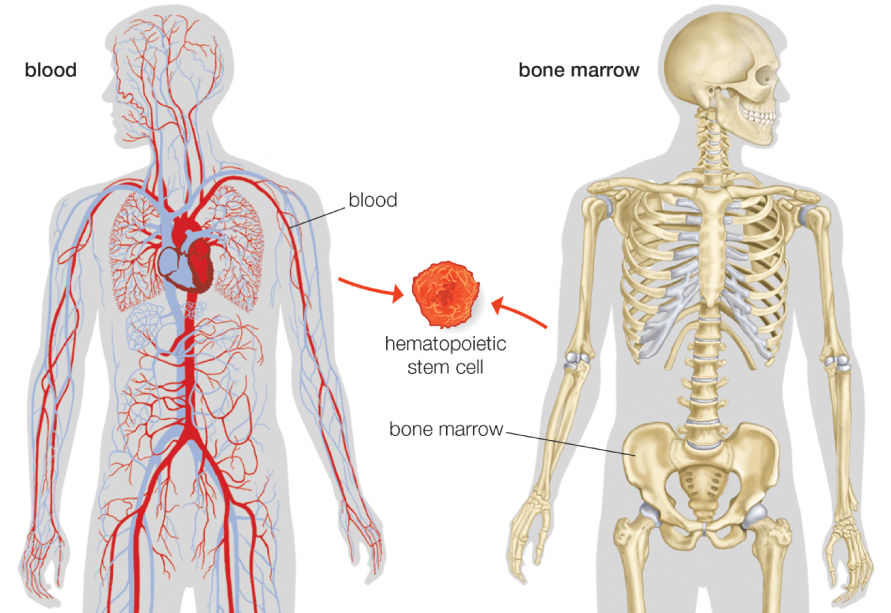Stem cells have the remarkable potential to develop into many cell types in the body during early life and growth. In addition, in many tissues they serve as a sort of internal repair system, dividing essentially without limit to replenish other cells as long as the person or animal is still alive. When a stem cell divides, each new cell has the potential either to remain a stem cell or become another type of cell with a more specialized function, such as a muscle cell, a red blood cell, or a brain cell.
Orthobiologic

What are Stem Cells, and Why are they Important?

Stem cells are distinguished from other cell types by two important characteristics. First, they are unspecialized cells capable of renewing themselves through cell division, sometimes after long periods of inactivity. Second, under certain physiologic or experimental conditions, they can be induced to become tissue- or organ-specific cells with special functions. In some organs, such as the gut and bone marrow, stem cells regularly divide to repair and replace worn out or damaged tissues. In other organs, however, such as the pancreas and the heart, stem cells only divide under special conditions.

Stem cells have the remarkable potential to develop into many cell types in the body during early life and growth. In addition, in many tissues they serve as a sort of internal repair system, dividing essentially without limit to replenish other cells as long as the person or animal is still alive. When a stem cell divides, each new cell has the potential either to remain a stem cell or become another type of cell with a more specialized function, such as a muscle cell, a red blood cell, or a brain cell.
Stem cells are distinguished from other cell types by two important characteristics. First, they are unspecialized cells capable of renewing themselves through cell division, sometimes after long periods of inactivity. Second, under certain physiologic or experimental conditions, they can be induced to become tissue- or organ-specific cells with special functions. In some organs, such as the gut and bone marrow, stem cells regularly divide to repair and replace worn out or damaged tissues. In other organs, however, such as the pancreas and the heart, stem cells only divide under special conditions.

Stem Cell Therapy

Cells, tissues and organs can sometimes be permanently damaged or lost by disease, injury and genetic conditions? Stem cells may be one way of generating new cells that can then be transplanted into the body to replace those that are damaged or lost.
Adult stem cells are currently used to treat some conditions, for example:
-
Blood stem cells are used to provide a source of healthy blood cells for people with some blood conditions, such as thalassaemia, and cancer patients who have lost their own blood stem cells during treatment.
-
Skin stem cells can be used to generate new skin for people with severe burns.
Why are Stem Cells Useful?



Cells, tissues and organs can sometimes be permanently damaged or lost by disease, injury and genetic conditions?
Stem cells may be one way of generating new cells that can then be transplanted into the body to replace those that are damaged or lost.
Adult stem cells are currently used to treat some conditions, for example:
-
Blood stem cells are used to provide a source of healthy blood cells for people with some blood conditions, such as thalassaemia, and cancer patients who have lost their own blood stem cells during treatment.
-
Skin stem cells can be used to generate new skin for people with severe burns.
Tissue-specific stem cells
Even more specialized than embryonic stem cells are Tissue-specific stem cells or adult stem cells. These stem cells can generate different cell types for different organs and tissues.
Tissue-specific stem cells or adult stem cells help with changes do to aging, injury, disease or development.
Embryonic stem cells
Embryonic stem cells can give rise to every cell type in the fully formed body, except the placenta and umbilical cord. Unused human embryonic stem cells come IVF procedures for assisted reproduction.
Adult stem cells and their therapeutic uses
Some types of adult stem cells have shown greater plasticity and may therefore represent good candidates for cell therapeutic applications.


